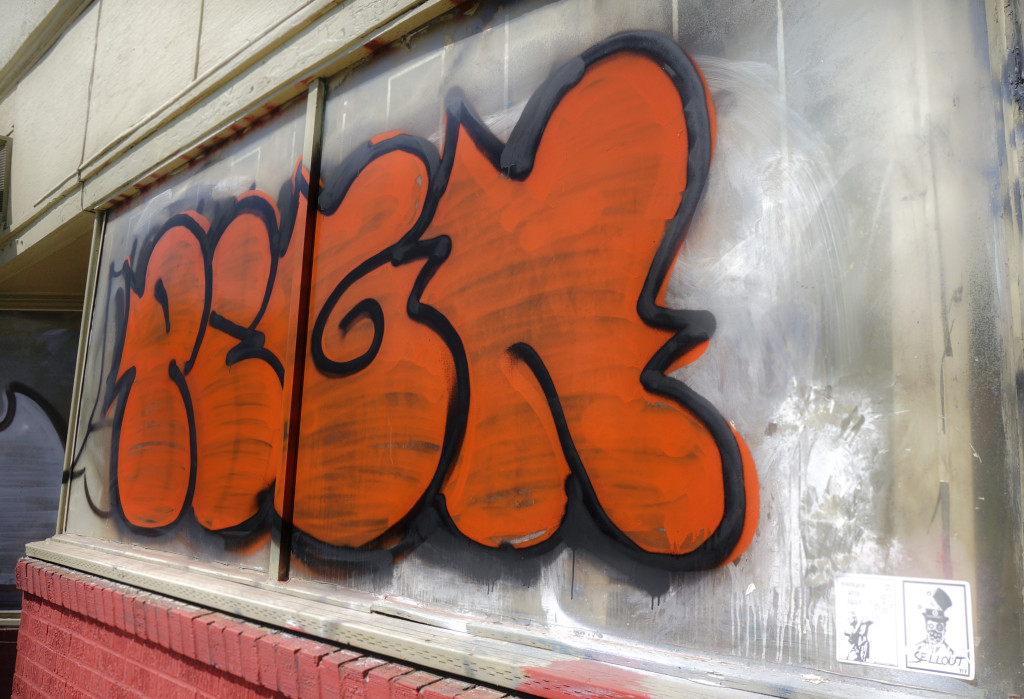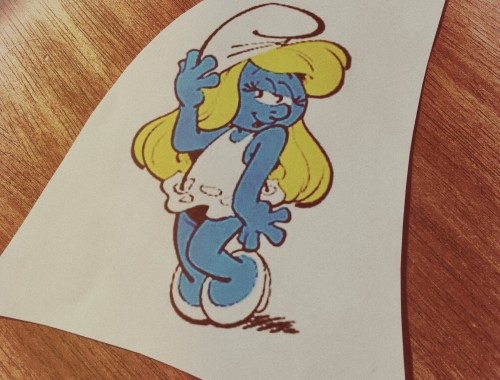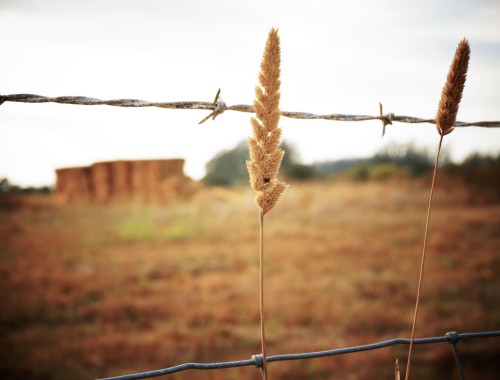The topic of permission came to me recently courtesy of my ex-husband, who has a genius for texting me what has been on my mind before my mind can process it. We all have our gifts. One of his, it seems, is of mental midwife.

He was referring to my desire to write and to be read. Ex-hubs knows well my long battle with writing, and, like most writers, with desiring publication… and with writing some more, and with trying, and worrying, and wondering…
Questioning, always questioning.
Can I?
This Can I is sure to raise the ghosts of my girlhood every time. Can I go outside? Can I have seconds? Can I go to Allison’s house today?
Thankfully my mother never corrected me with, “May I?” —a supplicant’s phrase if ever there was one. Perhaps this is because her mother tongue is German, and while she is a voracious reader (she has a firmer grasp of English grammar and syntax than most high school graduates), she is reticent with more than her pronunciation.
We are taught to ask from the first, all of us. And some of us are damn good at obeying. Others are good at overriding rebellious streaks with a reluctant sense of filial duty. And others still at flaunting their independence in whatever form of rule breaking is fashionable for their generation.
(For my generation it was staying out past dark on our Huffy bicycles, and then it was pre-designer drug culture indulgences such as shwaggy bags of weed that did little more than induce dull headaches, or appetites born in boredom.)
Later, the habit of asking bleeds into our chosen relationships, into pacts with lovers, friends, bosses, and the man who accepts our dry cleaning. We are schooled in the fine art of asking. And we are taught to revere The Okay.
But what happens when The Okay becomes a handicap?
Since childhood I’ve been asking permission to be the artist I know myself to be. It began so many years ago when I took up the violin at the age of 11. I developed quickly, chasing my peers who had been at it since diapers, and almost catching them. Except that I was paralyzed by this dark, hidden idea of permission. I constantly sought approval for my playing—for anyone to tell me, Yes, it’s okay. Yes, you are permitted to do this.
This kowtowing to The Okay was my undoing. When I perceived that enough approval or permission wasn’t forthcoming, I choked. I quit playing, and my mother’s (perhaps misplaced) dreams of my concert career quit with me.
Now it is writing.
I thought again of permission as I recently strolled the streets of Portland’s Alberta Arts District. This neighborhood has blossomed from up-and-coming to HOT. It is peopled with teens on skateboards, tourists, residents in sweats out for a beer, and, of course, with bearded hipsters as far as the eye can see. It is a mash up of the inherently and the effortfully cool. Most noticeable for me, today, is its street art.

Some of the art is sanctioned: murals in bright Baroque shapes on buildings. Chalk art outside a boutique, drawn to draw you in. Gorgeously decorated menus that flutter in buckets at front doors.
Some of it is not.

There is graffiti everywhere, if you look for it. An abandoned storefront tagged in bubble letters—someone I will never know’s indecipherable calling card. There are hatch marks, a secret tally creating a fine, Escher-like image on the bus stop window. Stickers and more spray paint snaking up the backs of stop signs. There is pattern and color, the gauche juxtaposed with the hipster haute. A feast of street food and elevated cuisine. Everywhere there is all of it.
No one asked permission to create these unsanctioned words and images. In fact, these artists were actively working against The Okay. These were choices made against permission, and I find them wonderfully awful and great. These patches of cloud and color are as much the stitches in Alberta Arts’ fabric as the expensive murals, the storefronts. The chic bistro with the rosebud awning.
They are here, without permission, and the neighborhood would be remiss without them.
Now, I would like to make one thing clear: I am not a graffiti artist. It wouldn’t occur to me to tag anything, or to place eighteen RIOT stickers in a shape like falling snow on the solid bent knee of a public bike rack.
But there is a part of me who sees fresh cement and thinks… Maybe.
What would I write in its grainy, gummy matrix? My initials?
The first few words of a poem… my manifesto?
Maybe it would be something indecipherable to remain for as long as its life dictated. Something visually atonal, something strange. It would remain until someone chipped up the cement to make way for grass, or for a newer, wider road.
Or maybe it would be a sentence, rearranged.
I can.



